The Origins of Palmistry: Tracing Back Its Roots
Delve into the historical journey of palmistry to uncover its ancient foundations and the cultural tapestry from which it emerged.
article by Nora Pennington
The Ancestry of Palm Reading
Palmistry, also known as chiromancy or palm reading, is a practice with roots that are as intricate and extended as the lines it studies. Historians trace the origins of palmistry back to ancient civilizations, with evidence suggesting it was present in India, China, and Egypt thousands of years ago. The Hindu sage Valmiki is thought to have written a book consisting of 567 stanzas on palmistry several millennia ago, making it one of the earliest known works on the subject. Despite the lack of concrete evidence pinpointing palmistry's exact founder, it stands as a testament to the human fascination with self-discovery and prediction.
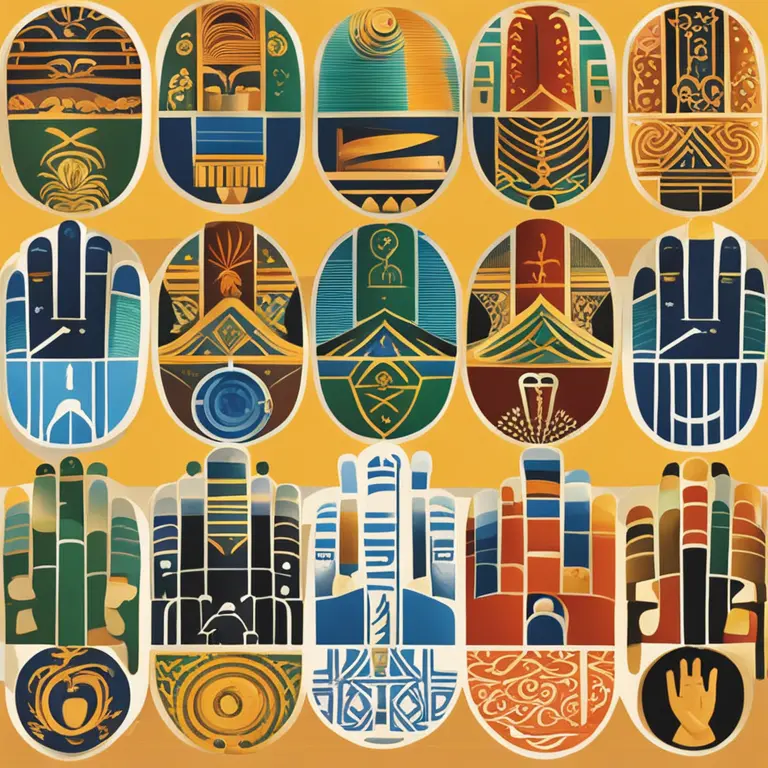
Cross-Cultural Practice
While no single individual can be credited with the invention of palmistry, its practice has meandered through many cultures and eras, each adding its flavor to the art. The ancient Greeks, with scholars such as Anaxagoras, delved into the study of the palms to understand more about the human psyche and personality. Similarly, in ancient China, palmistry was associated with the I Ching, and was employed as a tool for divination. This cross-pollination of ideas ensured that palmistry was not seen as a static art, but rather as a growing field with multiple influences.

From Mystic to Mainstream
Throughout history, palmistry has encountered waves of popularity and skepticism. In the Middle Ages, it faced opposition from the church and was forced underground. However, it resurged during the Renaissance when scholars and thinkers revisited classical knowledge, including palmistry. The practice again evolved as it spread across Europe, influenced by thinkers like Paracelsus and later, in the 19th century, by figures like Captain Casimir Stanislas D'Arpentigny and Adrien Adolphe Desbarrolles in France, who helped refine and popularize palmistry in modern times.

Scientific Scrutiny and Palmistry
The advent of the scientific era brought forth new challenges for palmistry. Critics demanded empirical evidence and classical palmists struggled to justify their practice under the unforgiving light of skepticism. Nonetheless, the advent of psychology introduced new perspectives wherein figures like Carl Jung recognized the potential of palmistry as a means of exploring the unconscious mind. Although still regarded with cynicism by the scientific community, palmistry has managed to hold its ground as a complementary study rather than an outright science.

Present and Future of Palm Reading
In contemporary times, palmistry continues to fascinate a diverse audience. The modern approach marries tradition with psychology, intuition, and even technology, as palm reading apps and online consultations become increasingly popular. While many pursue palmistry for entertainment, others seek personal insight or guidance, keeping the ancient art alive in a digital world. What the future holds for palmistry is as uncertain as the lines on a palm, but its adaptability suggests a resilience that will carry it forward for years to come.
Published: 1/11/2024
Modified: 1/12/2024
More predictions
Come back here soon to learn more about yourself and your future

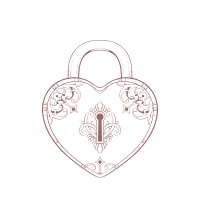
Can Palmistry Predict Your Path Incorrectly?
Delving into the accuracy of palm readings, this article examines whether palmistry can lead to incorrect predictions about one's life and destiny.
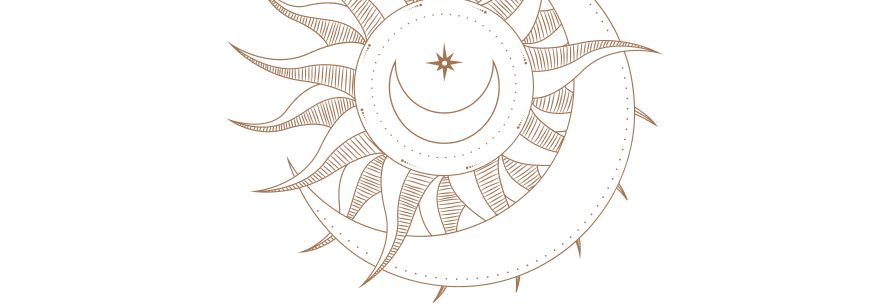

The Possibility of Palmistry in Cancer Detection
Examining the claims that palmistry holds any potential in identifying the risk of cancer: a deep dive into the world of mysticism and medicine.
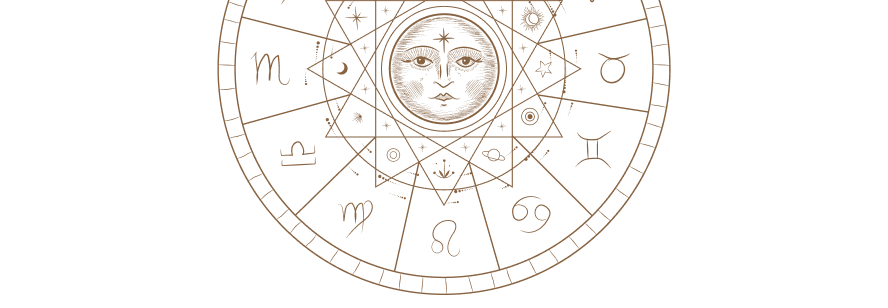
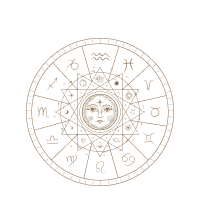
Can Palmistry Foresee One’s Demise?
Delve into the contentious debate about whether palmistry can predict the end of life and the ethical considerations of such a claim.